Home>diy>Architecture & Design>How To Get The Blueprint Of My House
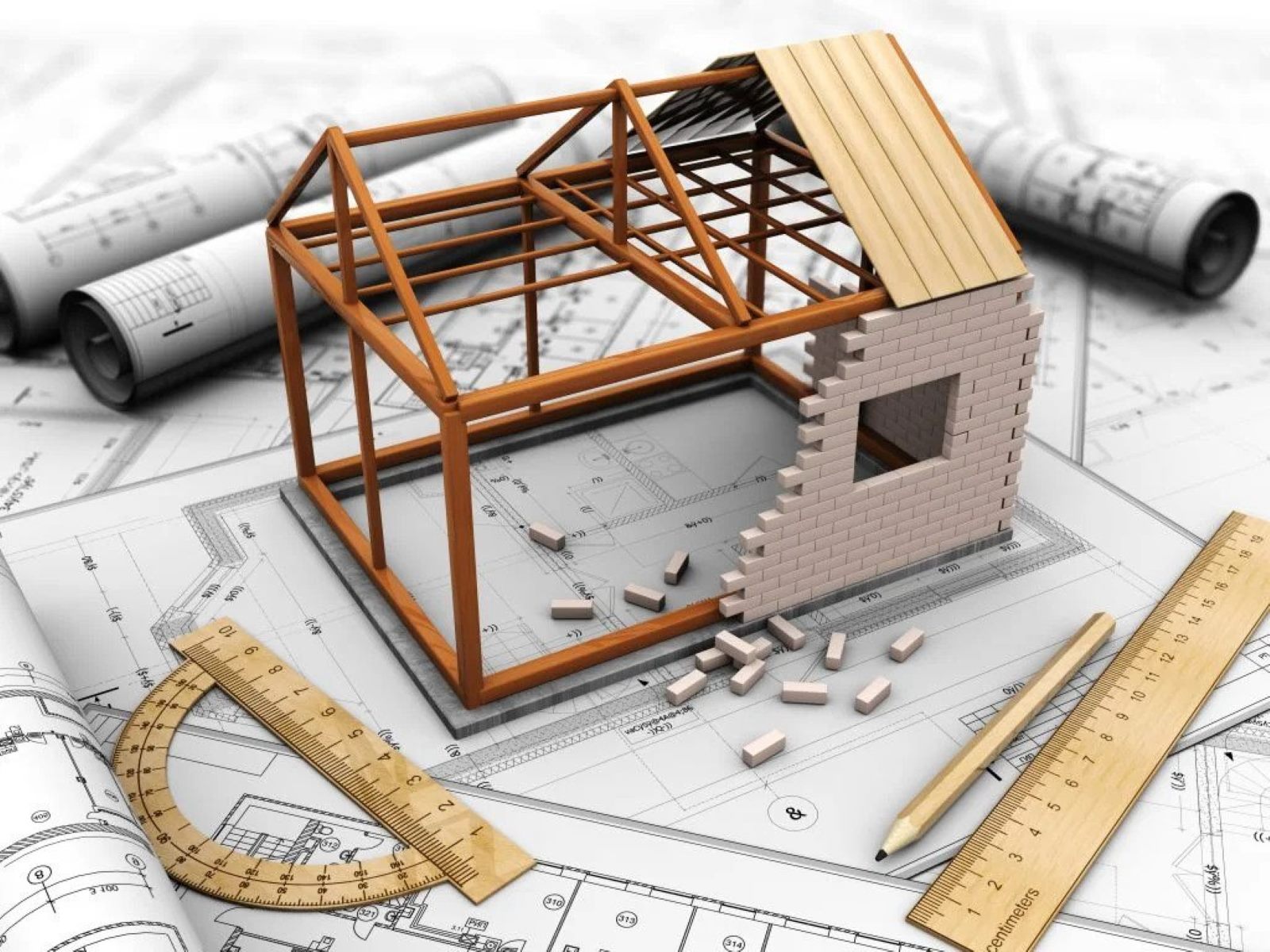

Architecture & Design
How To Get The Blueprint Of My House
Modified: April 22, 2024
Discover how to obtain the architecture-design blueprint of your house and bring your dream home to life. Follow our step-by-step guide!
(Many of the links in this article redirect to a specific reviewed product. Your purchase of these products through affiliate links helps to generate commission for Storables.com, at no extra cost. Learn more)
Introduction
Welcome to the world of architecture and design! Have you ever wondered how to get the blueprint of your house? Perhaps you’re planning a renovation or need the blueprints for legal or insurance purposes. Whatever the reason may be, obtaining the blueprint of your house can seem like a daunting task.
But fear not! In this article, we will guide you through the process step by step, ensuring that you have all the information you need to get the blueprint of your house. From gathering the necessary documents to submitting them to the local government office, we’ve got you covered.
Whether you’re a homeowner, an architect, or simply curious about the inner workings of your home, understanding how to obtain the blueprint is a valuable skill. Not only does it give you insight into the architecture and design of your house, but it also allows you to make informed decisions when it comes to renovations or repairs.
So, strap on your hard hat and let’s dive into the exciting world of blueprint acquisition!
Key Takeaways:
- Obtaining the blueprint of your house involves gathering information, contacting the local government office, submitting documents, paying fees, and patiently waiting for approval. It’s a journey that connects you to the history and story of your home.
- The blueprint serves as a valuable tool for making informed decisions about renovations, repairs, and preserving the architectural heritage of your property. It’s a testament to the craftsmanship and expertise that brought your home to life.
Read more: What Is A Blueprint Of A House
Step 1: Gathering Information about Your House
Before you can begin the process of obtaining the blueprint of your house, it’s crucial to gather all the necessary information. This includes details about the construction, layout, and any modifications made to your home over the years. Here’s what you need to do:
- 1.1 Identify the Construction Date: Locate any documents related to the construction of your house. This could include building permits, purchase agreements, or documents from previous owners. Determine the approximate year when your house was built. This information will help the local government office trace the original blueprint.
- 1.2 Note Any Modifications: Make a list of any renovations, expansions, or significant alterations that have been made to your house since its construction. This could include additions of rooms, changes in the layout, or modifications to the plumbing or electrical systems. Having a clear record of these changes will aid in the blueprint retrieval process.
- 1.3 Measure the Dimensions: Take accurate measurements of the rooms, walls, doors, and windows in your house. These measurements will provide additional details that can be cross-referenced with the blueprint, ensuring its accuracy.
- 1.4 Collect Photographs: Gather any photographs of your house, both interior and exterior, from different angles. These visuals can assist the local government office in verifying the authenticity of the blueprint.
- 1.5 Research Previous Owners or Builders: If possible, try to locate previous owners or builders of your house. They may have valuable information, such as architectural plans or contacts within the construction industry, that can help in obtaining the blueprint.
By thoroughly gathering all this information, you will be well-prepared for the next steps in retrieving the blueprint. Remember to keep these documents and records in a safe place, as they will be useful throughout the entire process.
Step 2: Contacting the Local Government Office
Now that you have gathered all the necessary information about your house, it’s time to reach out to the local government office responsible for managing building permits and blueprints. The specific department may vary depending on your location, but it is typically the Building Department or the Planning and Zoning Department. Follow these steps:
- 2.1 Research the Contact Information: Use the internet or your local directory to find the contact information for the appropriate local government office. Note down their phone number, email address, and office address.
- 2.2 Make an Appointment: Call the office or send an email to schedule an appointment. This will ensure that you have a designated time to discuss your request and present the documents you’ve gathered.
- 2.3 Prepare Your Questions: Before your appointment, make a list of any questions or concerns you have regarding the blueprint retrieval process. This will help you gather all the necessary information and clarify any doubts you may have.
- 2.4 Be Ready to Provide Information: During your appointment, the staff at the local government office may ask for specific details about your house. Provide them with the construction date, modifications, measurements, and any other relevant information you collected in Step 1.
- 2.5 Inquire About Fees and Processing Time: Ask about any fees associated with obtaining the blueprint and inquire about the estimated processing time. This will give you a clear idea of what to expect in terms of costs and the waiting period.
Remember to remain patient and courteous when dealing with the staff at the local government office. They are there to assist you and ensure that the process runs smoothly. By following these steps and being prepared for your appointment, you are one step closer to obtaining the blueprint of your house.
Step 3: Submitting Required Documents
Once you have made contact with the local government office and scheduled an appointment, it’s time to submit the required documents. These documents will vary depending on the specific requirements of your local municipality, but here are some common ones to prepare:
- 3.1 Proof of Ownership: Provide proof that you are the current owner of the property. This can include a copy of the property deed, purchase agreement, or recent property tax statement.
- 3.2 Identification: Have a valid form of identification ready, such as a driver’s license, passport, or ID card. This is necessary to verify your identity and ensure that you are the rightful owner requesting the blueprint.
- 3.3 Construction-related Documentation: Submit any documents you have related to the construction of your house, such as building permits, architectural plans, or engineer’s reports. These documents can help the local government office validate the authenticity of your request.
- 3.4 Information Collected in Step 1: Present the information you gathered in Step 1, including the construction date, modifications, measurements, and photographs. These details will aid in the search for the blueprint and assist the staff in the verification process.
- 3.5 Application and Forms: Complete any required application forms provided by the local government office. Fill them out accurately and provide all the necessary information to avoid any delays in processing your request.
It’s important to double-check all the documents and forms before submitting them to ensure that everything is in order. Keep copies of all the documents for your records, as you may need them in the future.
Once you have submitted the required documents, the local government office will proceed with the evaluation and processing of your request. In the next step, we’ll discuss the payment of fees associated with obtaining the blueprint.
Contact your local building department or visit their website to request a copy of the blueprint for your house. You may need to provide proof of ownership and pay a fee.
Step 4: Paying Fees
After submitting the required documents for obtaining the blueprint of your house, it is time to pay the associated fees. These fees vary depending on your local government office and the specific services they provide. Here’s what you need to know:
- 4.1 Fee Structure: Inquire about the fee structure during your appointment or contact with the local government office. They will provide you with information on the applicable fees for retrieving the blueprint of your house. It is important to understand the fees and any additional costs involved.
- 4.2 Payment Methods: Ask about the acceptable payment methods. Most offices accept cash, check, or credit/debit cards. Be prepared with the preferred form of payment to avoid any delays in processing your request.
- 4.3 Fee Calculation: Based on the services provided by the local government office, they will calculate the total amount you need to pay. This may include processing fees, search fees, and any additional charges associated with obtaining the blueprint.
- 4.4 Payment Confirmation: Once you have made the payment, ask for a confirmation receipt or any relevant documentation as proof of payment. This will be important for reference purposes and to track the progress of your request.
- 4.5 Keep a Record: It is essential to keep a record of the fees paid and associated documents. This will help in case of any future inquiries or if you need to provide proof of payment to other parties, such as insurance companies or contractors.
Remember, the fees associated with obtaining the blueprint of your house are typically necessary to cover the administrative costs and resources required for retrieving and processing the document. By paying these fees, you are ensuring that the process continues smoothly and efficiently.
With the fees paid, you are one step closer to obtaining the blueprint of your house. In the next step, we will discuss the waiting period for approval and blueprint collection.
Read more: How To Make A Blueprint For A House
Step 5: Waiting for Approval
After submitting the required documents and paying the associated fees, the next step is to patiently wait for the approval of your request. The waiting period can vary depending on the workload of the local government office and the complexity of your request. Here’s what you need to know:
- 5.1 Processing Time: Inquire about the estimated processing time when you submit your documents and payment. The local government office should be able to provide you with an approximate timeframe for when you can expect to receive approval.
- 5.2 Follow Up: If the processing time extends beyond what was initially communicated, feel free to follow up with the local government office. Politely ask for an update on the status of your request and if any additional information or documents are needed.
- 5.3 Be Patient: It’s important to remain patient during this waiting period. Understand that the process of retrieving blueprints requires careful evaluation and verification to ensure accuracy and compliance with regulations.
- 5.4 Keep Records: Maintain a record of your communication and any updates received from the local government office. This will help you stay organized and provide a reference in case of any inquiries or concerns.
While waiting for approval, you can use this time to plan for any future renovations or repairs based on the information you have gathered. It’s also a good opportunity to consult with architects or contractors if you are seeking professional advice for your project.
Once your request has been approved, you will be notified by the local government office. This notification will provide instructions on how to collect the blueprint of your house. In the next step, we will discuss the process of collecting the blueprint.
Step 6: Collecting the Blueprint
Congratulations! Your request for the blueprint of your house has been approved. Now, it’s time to collect the blueprint and marvel at the detailed architectural design of your home. Follow these steps to finalize the process:
- 6.1 Notification: Once your request is approved, you will receive a notification from the local government office. This notification will provide instructions on when and where to collect the blueprint.
- 6.2 Schedule a Pickup: Contact the local government office to arrange a specific date and time for picking up the blueprint. This will ensure that the document is ready for you when you arrive.
- 6.3 Required Identification: When you go to collect the blueprint, be sure to bring a valid form of identification, such as a driver’s license or passport. This is necessary to verify your identity and ensure that the document is given to the rightful owner.
- 6.4 Verification of Details: Before leaving the local government office, carefully review the blueprint to ensure that all the details match your expectations. Check for accuracy in room measurements, layout, and any modifications that have been documented.
- 6.5 Safe Storage: Once you have collected the blueprint, it is important to keep it in a safe and secure location. Consider investing in a protective case or archival storage to prevent any damage or deterioration of the document over time.
Congratulations! You now have the blueprint of your house in your hands. Take a moment to appreciate the craftsmanship and attention to detail that went into designing your home. The blueprint serves as a valuable document for reference, renovations, and preserving the architectural history of your property.
Remember to make copies of the blueprint if needed, especially if you plan to work with architects, contractors, or engineers for future projects. Having multiple copies ensures that you can easily share the blueprint while keeping the original safely stored away.
With the blueprint in your possession, you have successfully completed the process of obtaining the architectural blueprint of your house. Enjoy exploring the intricate details of your home and let the blueprint inspire you in creating the space of your dreams.
Conclusion
Obtaining the blueprint of your house is an exciting journey that allows you to delve into the architecture and design of your home. Through the process of gathering information, contacting the local government office, submitting documents, paying fees, and patiently waiting for approval, you have successfully acquired the blueprint.
The blueprint of your house is more than just a set of technical drawings; it’s a blueprint that connects you to the history and story of your home. It provides valuable insights into the construction, layout, and modifications made over the years. With this document in hand, you have a powerful tool for making informed decisions about renovations, repairs, and preserving the architectural heritage of your property.
Remember, the journey to obtaining the blueprint requires patience, organization, and clear communication with the local government office. By following the steps outlined in this article, you have navigated the process with confidence and determination.
As you explore the blueprint, take the time to appreciate the intricate details and thoughtful design that went into your home. Whether you’re a homeowner, an architect, or simply curious about the inner workings of your house, the blueprint serves as a testament to the craftsmanship and expertise that brought your home to life.
Keep the blueprint in a safe and secure location, as it is a valuable document for future reference and potential collaborations with professionals in the architectural and construction fields.
Enjoy the journey of discovery that the blueprint of your house offers. Use it as a blueprint for creating a space that reflects your personal style, meets your needs, and brings joy to your everyday life.
Now, armed with the blueprint, you are ready to embark on new adventures in your home. Make the most of this newfound knowledge, and let it inspire you to create a beautiful living space that truly feels like home.
Frequently Asked Questions about How To Get The Blueprint Of My House
Was this page helpful?
At Storables.com, we guarantee accurate and reliable information. Our content, validated by Expert Board Contributors, is crafted following stringent Editorial Policies. We're committed to providing you with well-researched, expert-backed insights for all your informational needs.
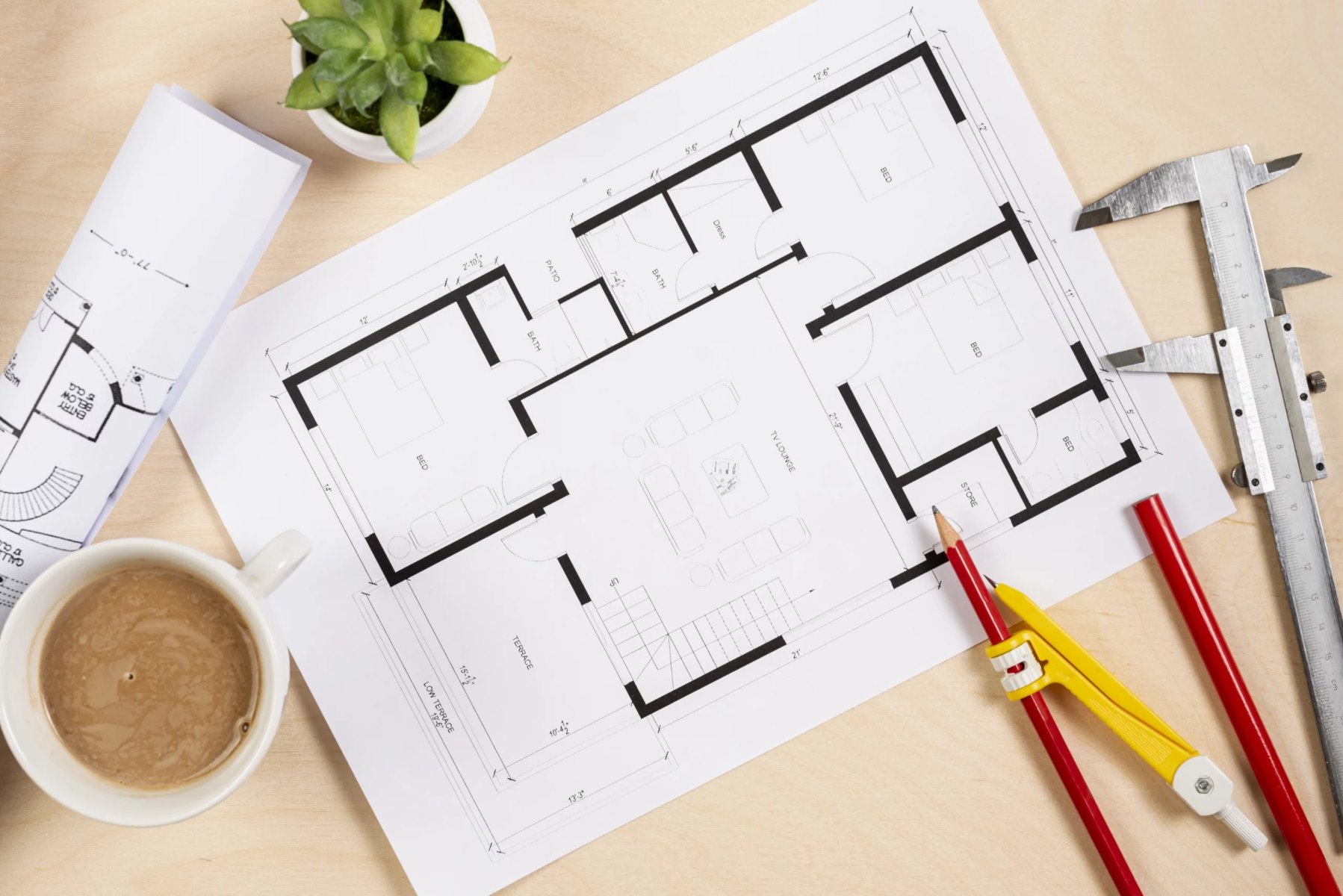
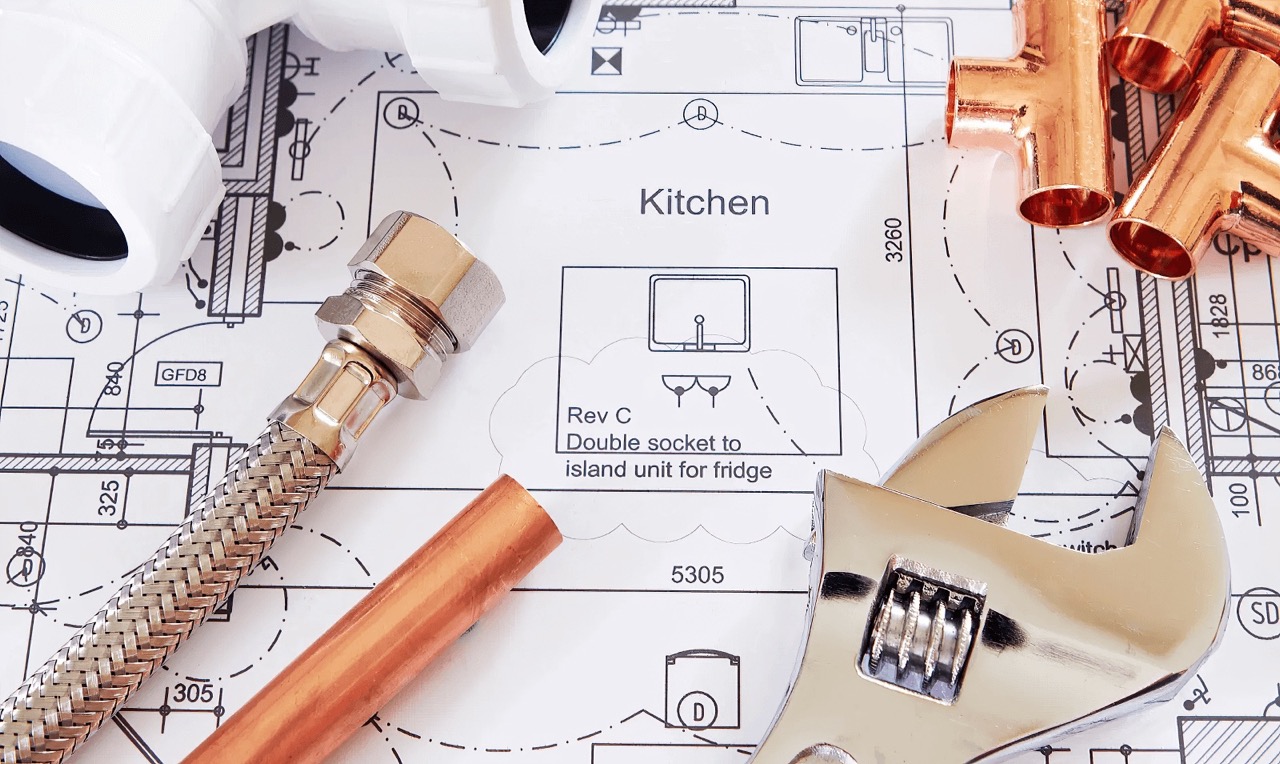

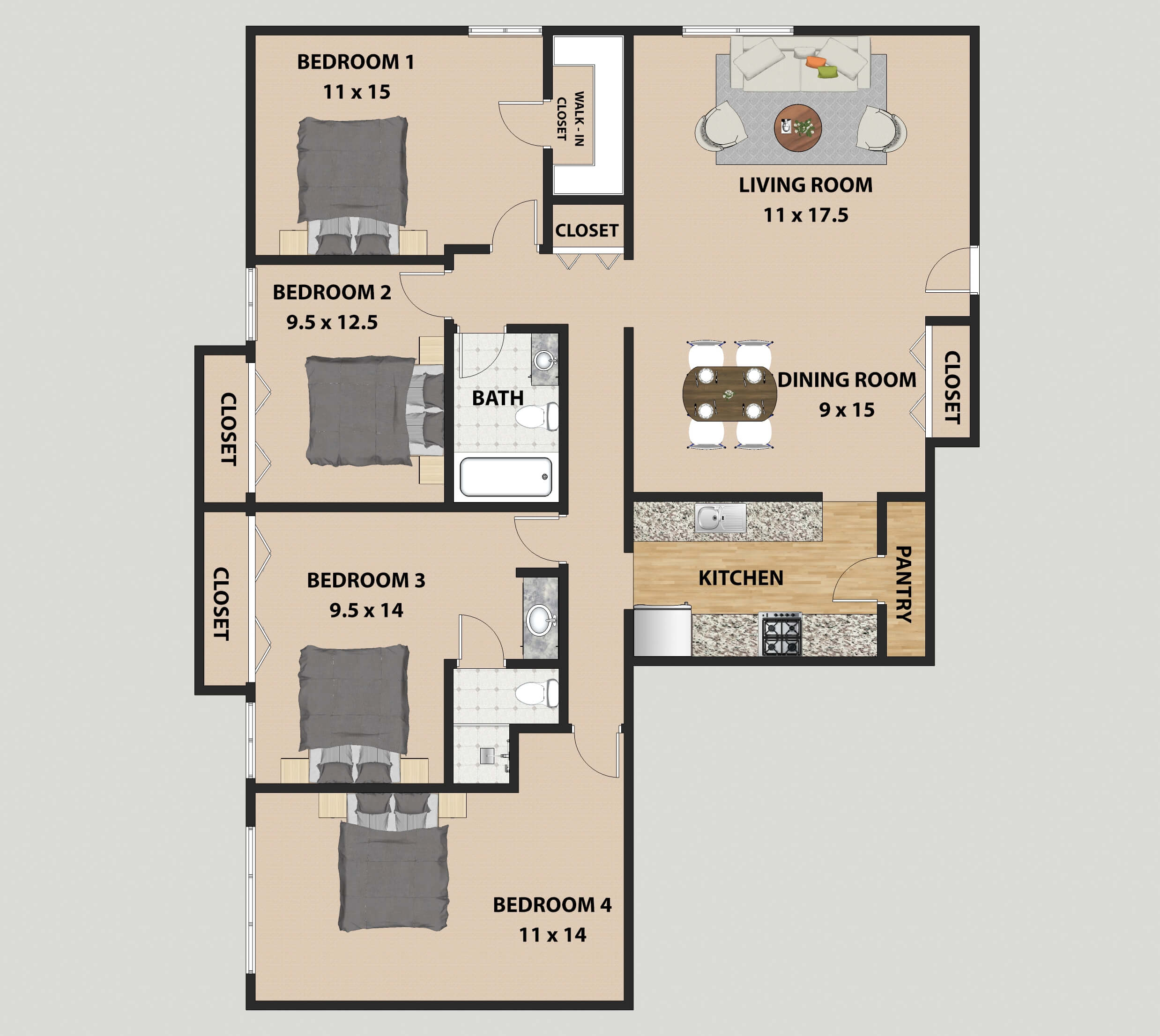
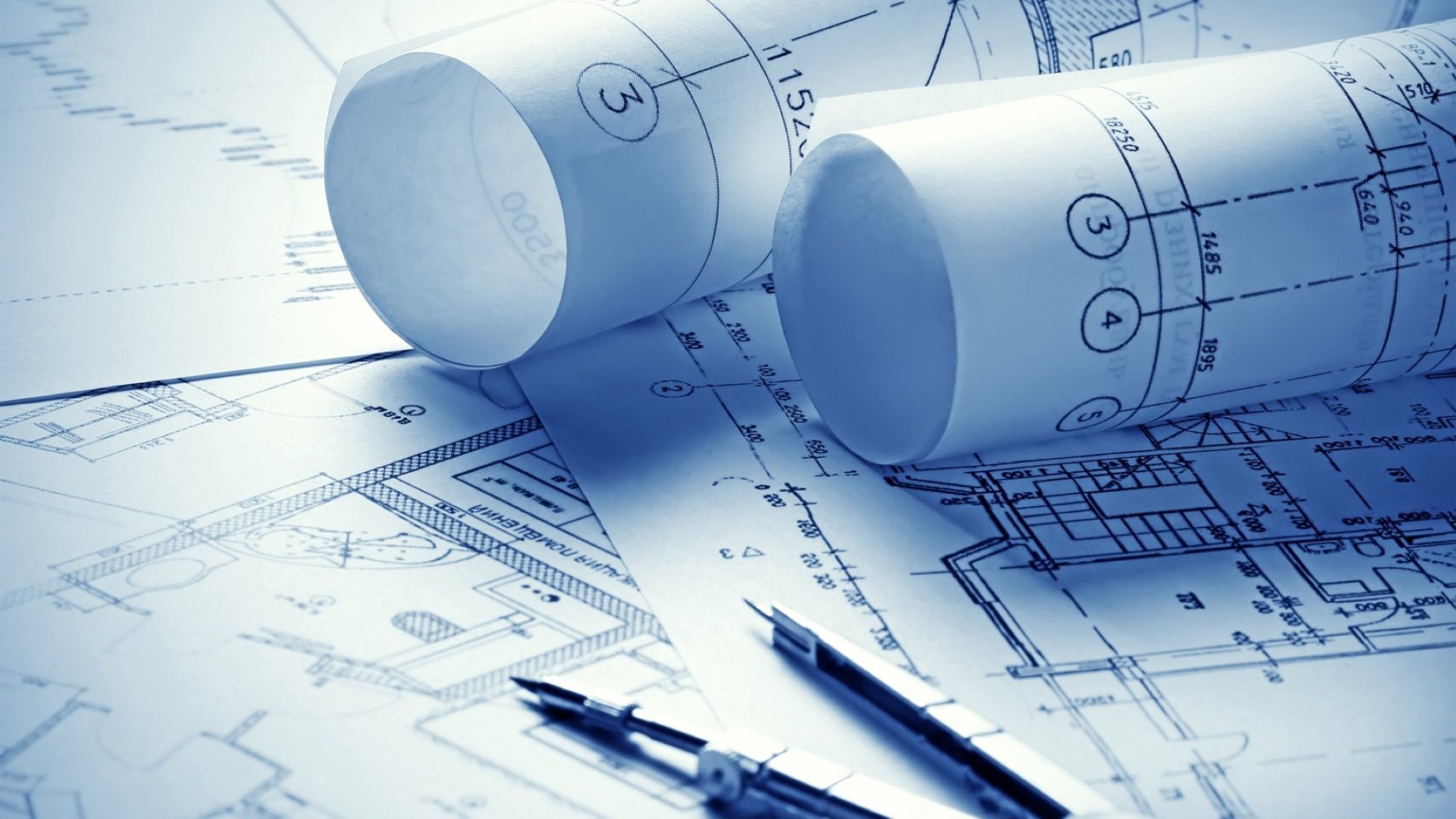
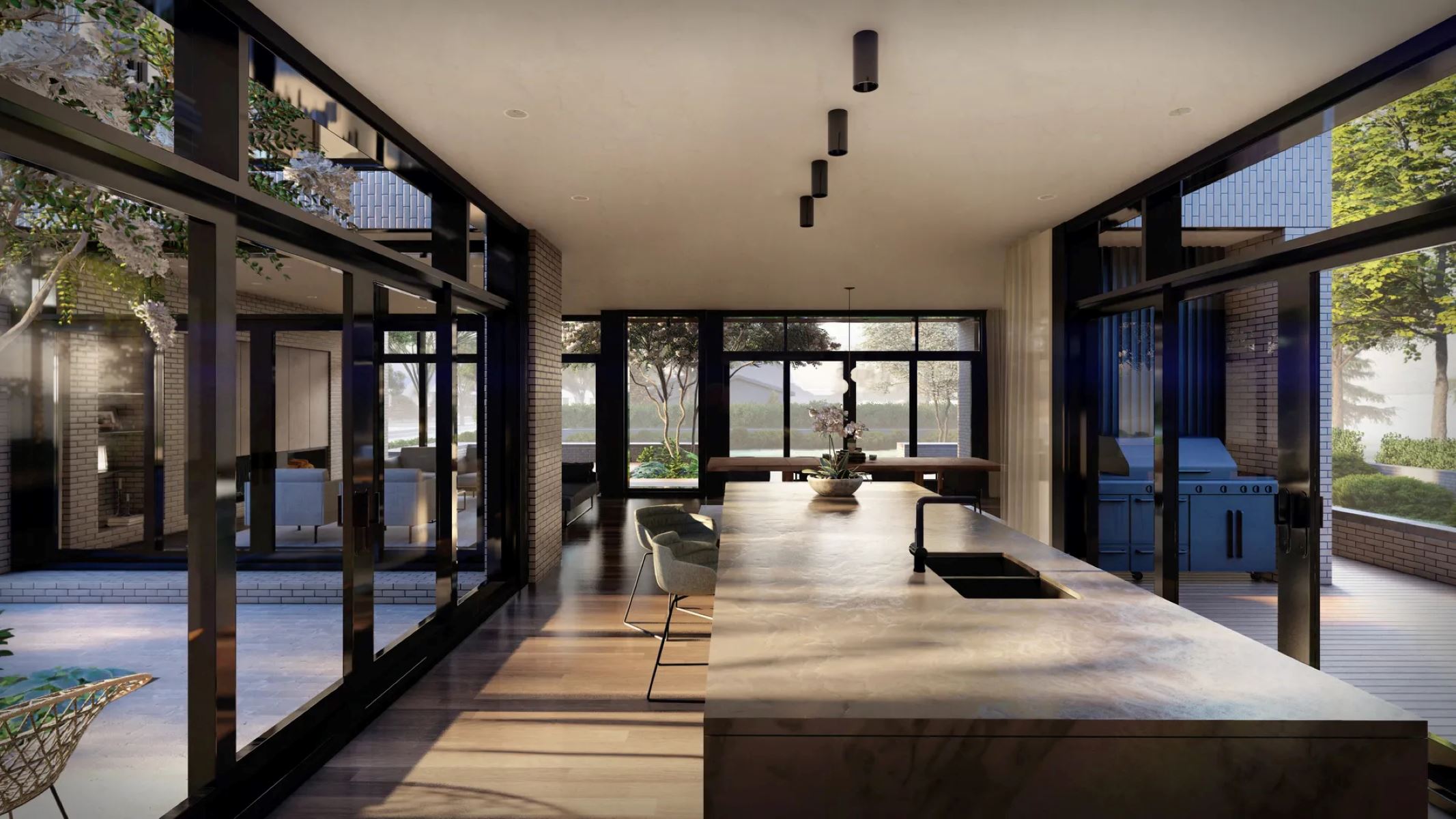
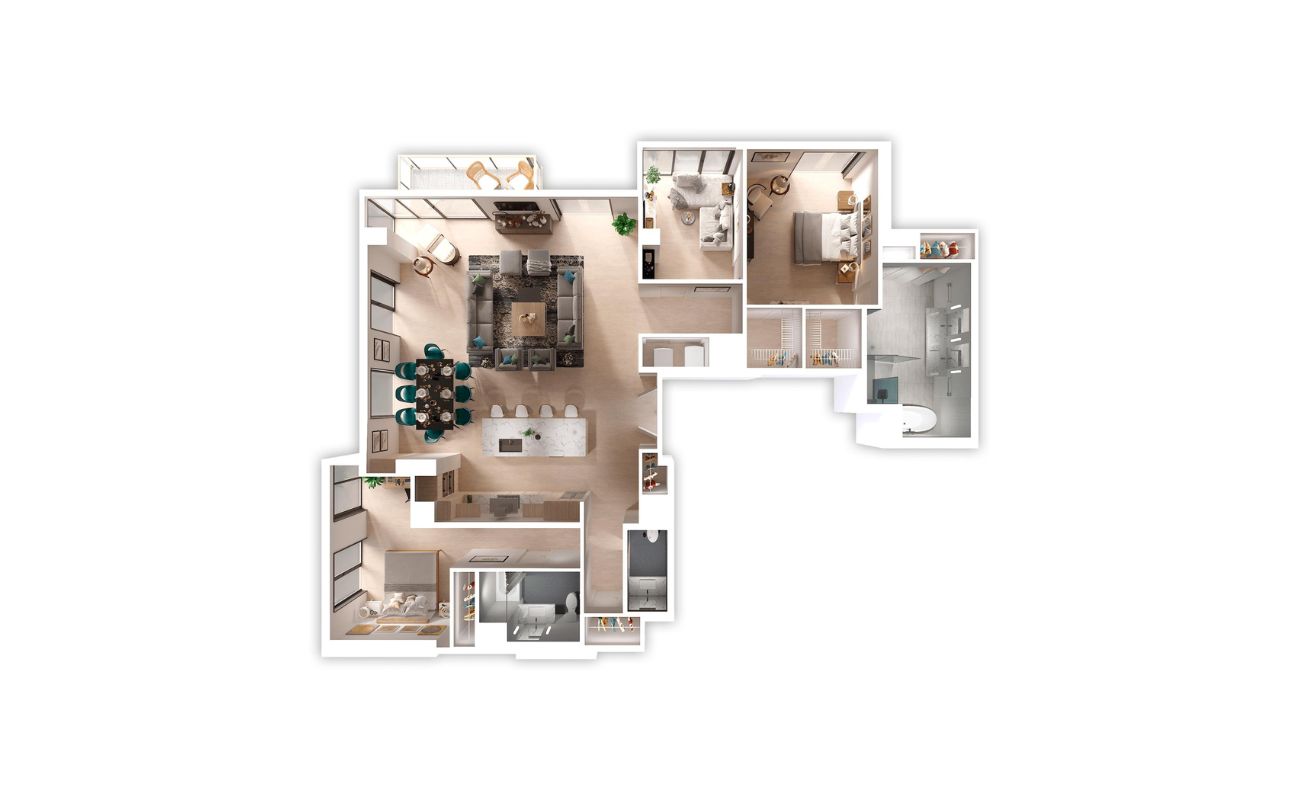

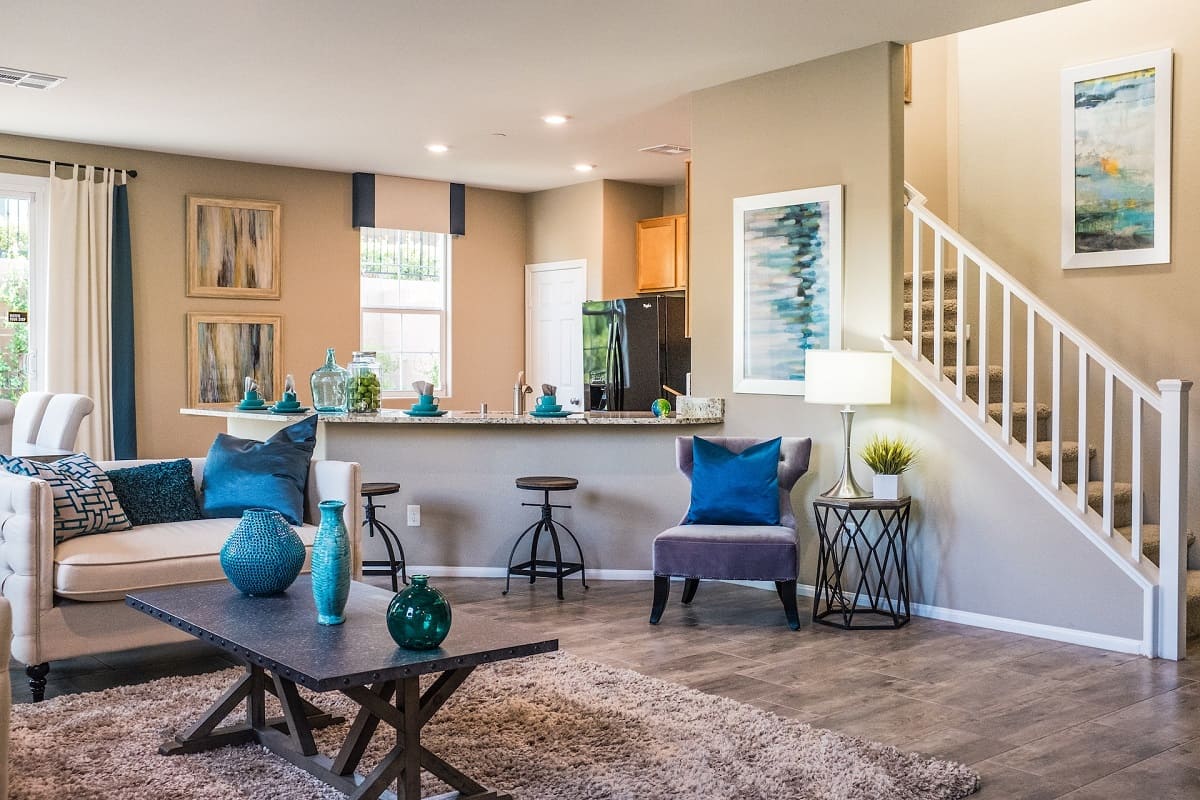
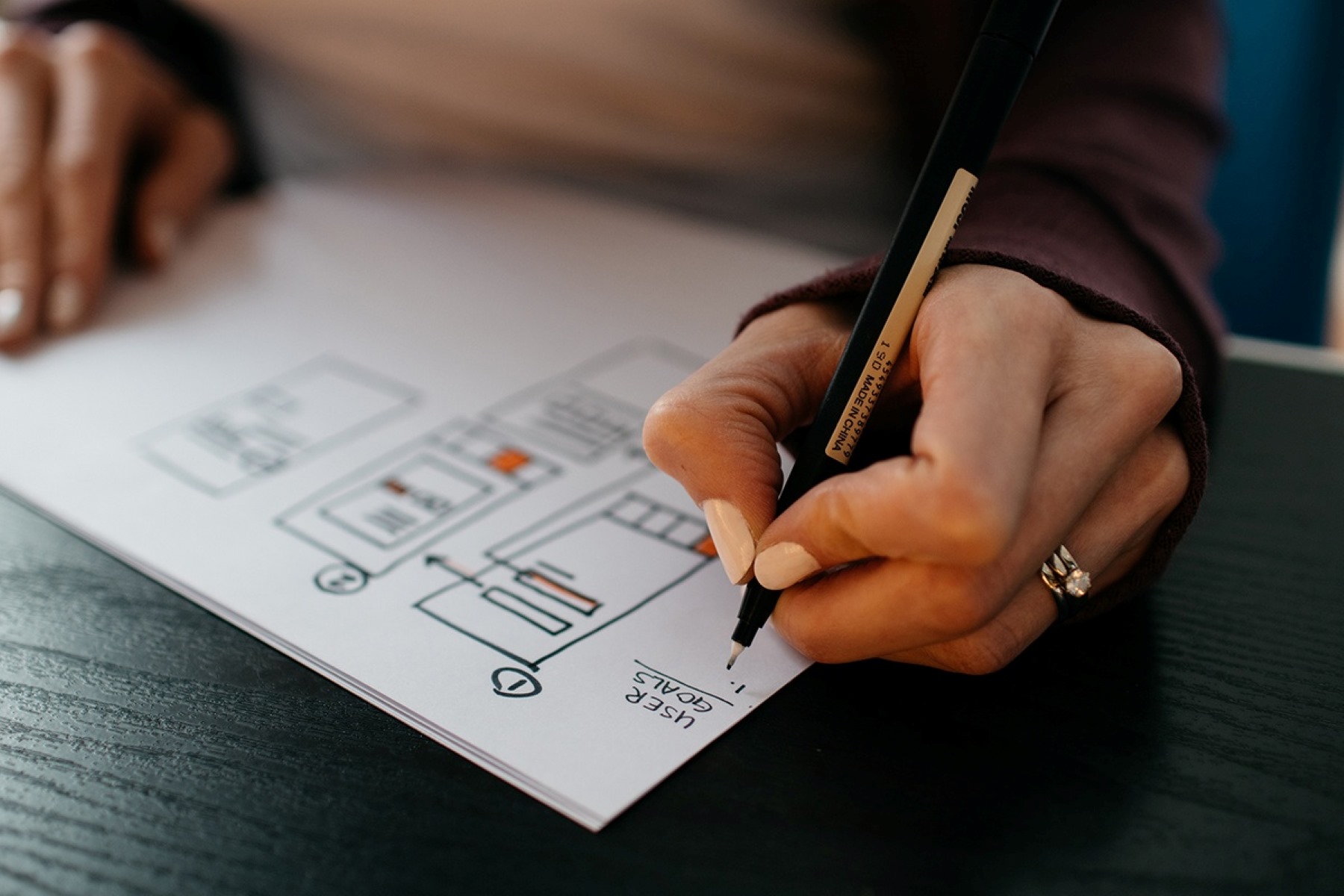
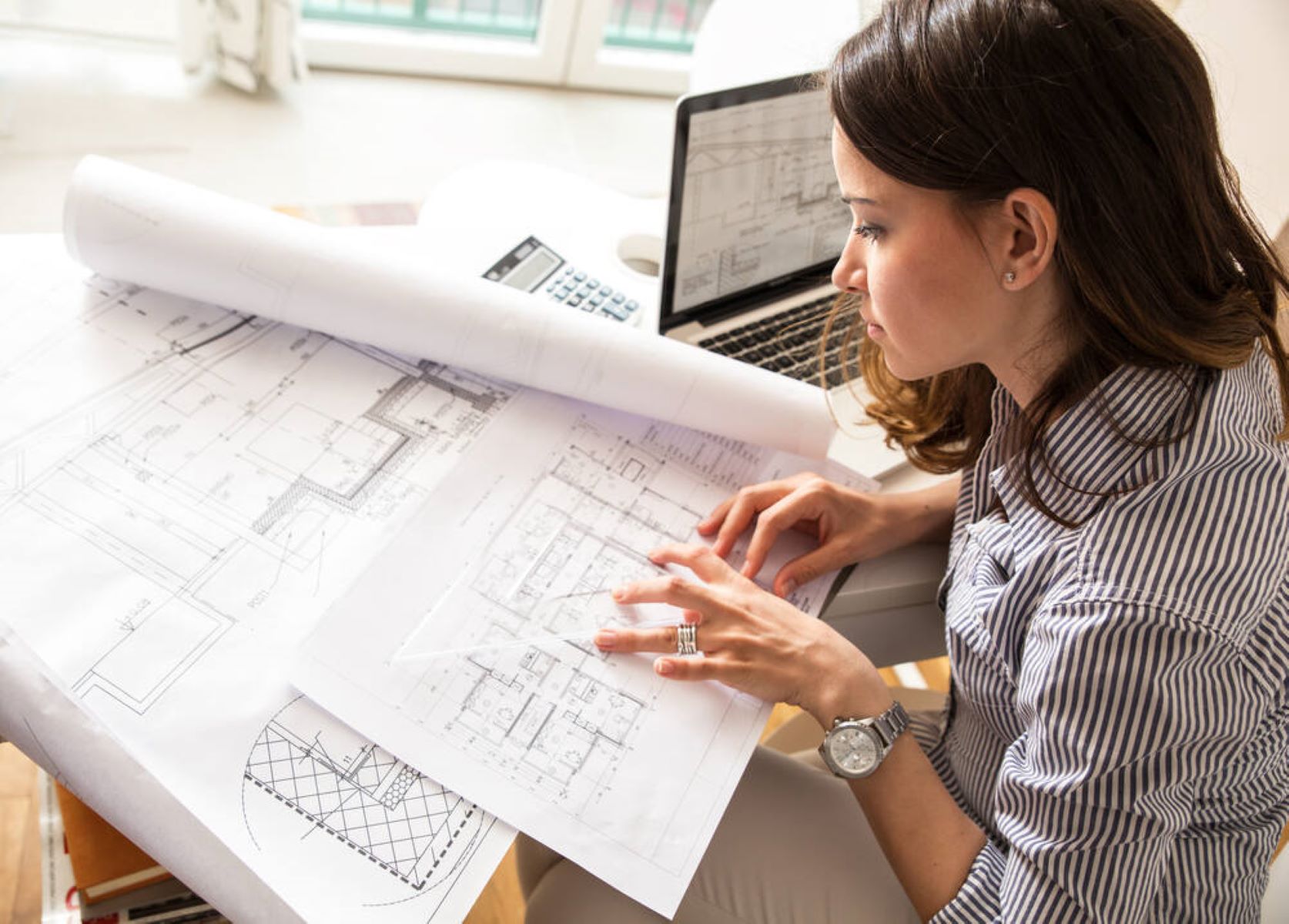
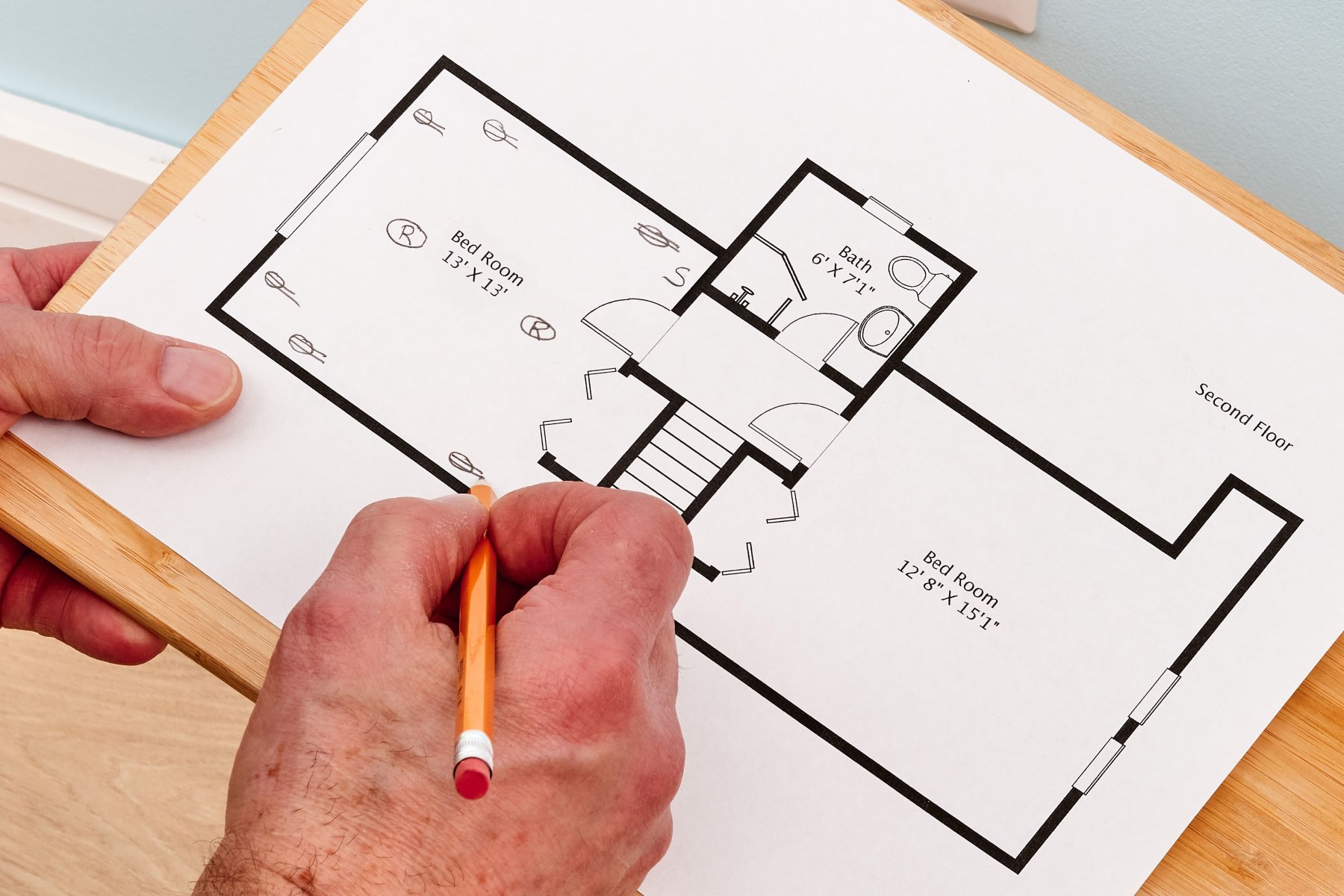
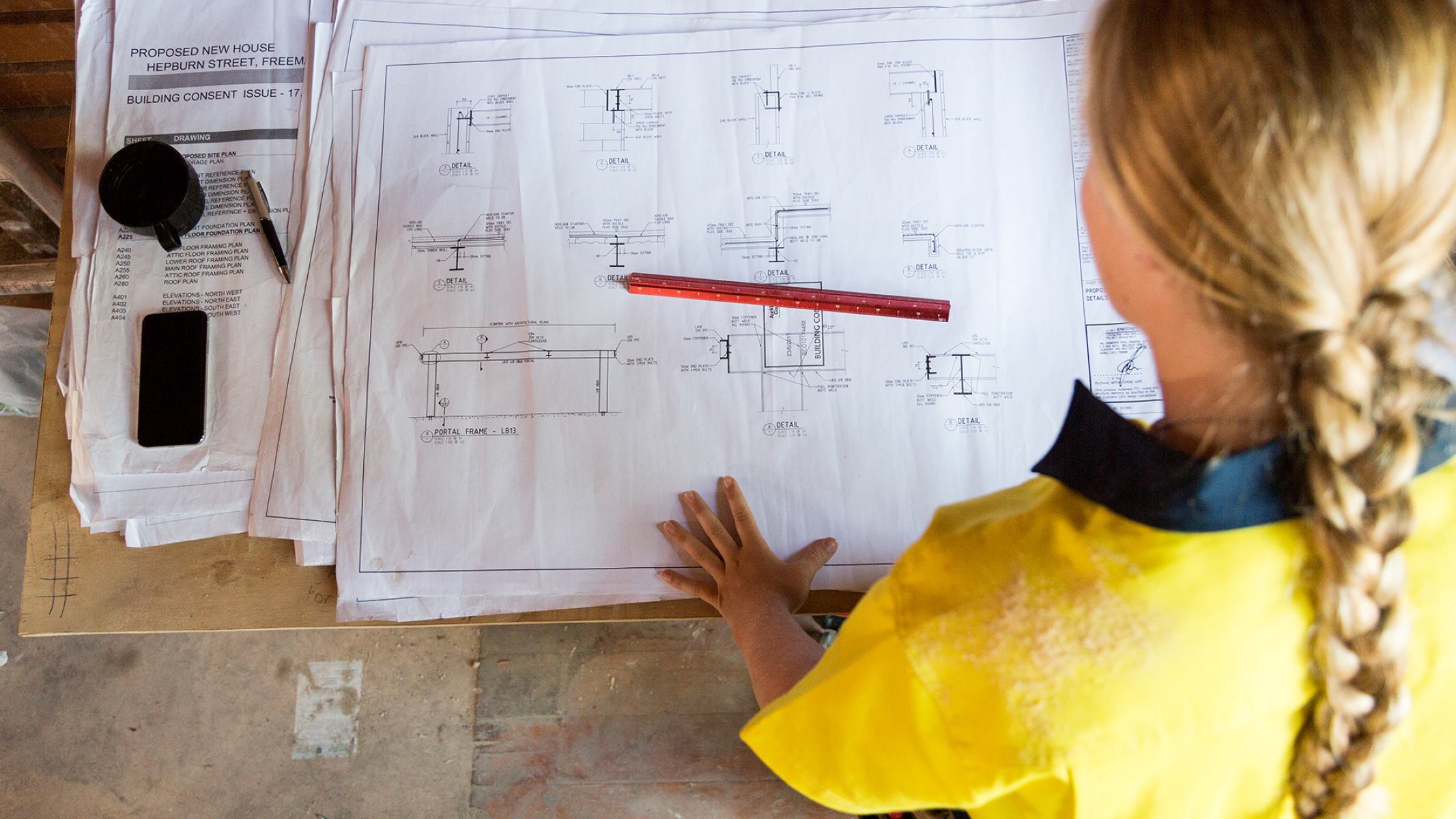
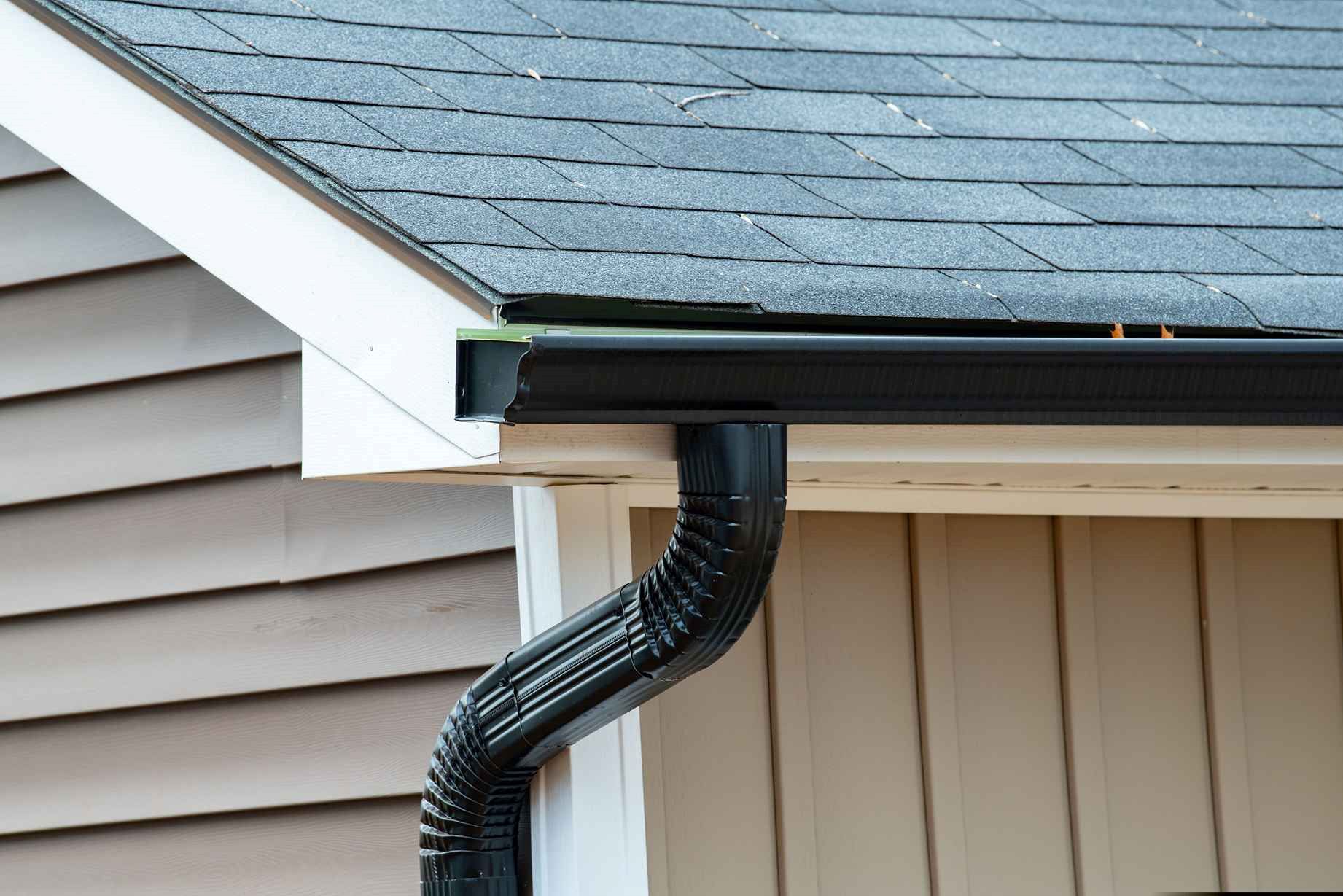

0 thoughts on “How To Get The Blueprint Of My House”